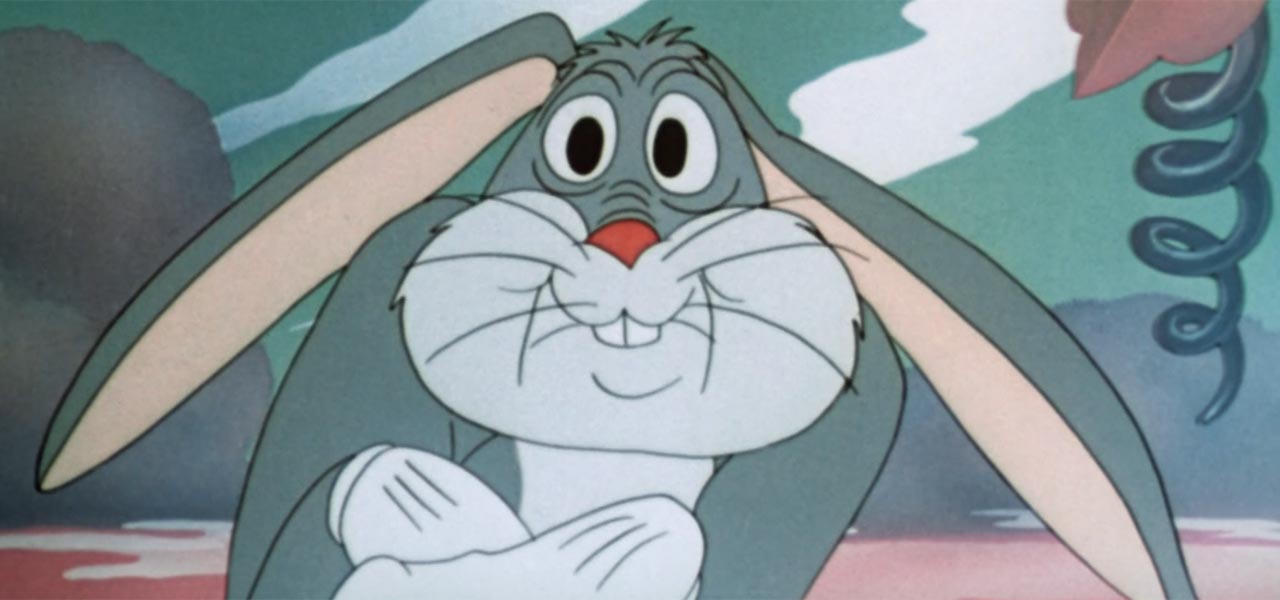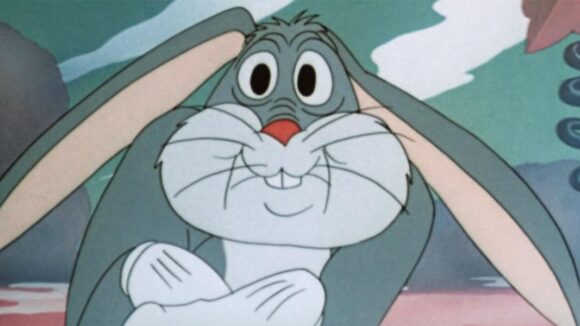

Animator Spotlight: Bobe Cannon
With all of the depressing news about AI lately, I’m more fascinated than ever by artists whose idiosyncratic personalities shine through in their work. It’s amazing to watch cartoons made over 80 years ago and pick up the stylistic quirks of an individual animator. It’s like being in a conversation with these long-dead artists.
So today, let’s examine one such singular talent: Robert “Bobe” Cannon (1909-1964). He’s best known for directing groundbreaking UPA shorts like Gerald McBoing Boing (1950) and Madeline (1952), but his incredible work as an animator on the Warner Bros. and MGM cartoons is sometimes overlooked.
His animation is completely unique, as you can tell from this scene in Chuck Jones’s Hare Conditioned (1945).
— Cartoon Study (@CartoonStudy) April 11, 2024
Cannon’s animation is so loose that it almost reads as sloppy by Warner Bros. standards – he didn’t stay on-model and barely paid any attention to lip sync – but this looseness gives Cannon’s work a graceful fluidity that you could only ever achieve in a cartoon, with abstracted movements that flow like water. A good example of that unconfined quality is the gas cloud creature in Jones’s Gas (1944), a WWII cartoon produced for the U.S. Army.
— Cartoon Study (@CartoonStudy) April 11, 2024
Cannon’s co-workers remembered him as a tender soul who had an aversion towards loud noises and arguments. Background artist Paul Julian said he was “sort of small and quiet and gentle, and very much disliked conflict.” He was so mild-mannered, in fact, that when he later became a director, he not only avoided violence, but anything unhappy or uncomfortable. According to writer Bill Scott, who worked with Cannon on Gerald McBoing Boing, “Boy, we had to fight him on some things like the parents rejecting their son. It was necessary in the story, but he liked to avoid any type of conflict if at all possible.”
Given these sensibilities, you have to wonder how he felt about animating the rowdy slapstick of the Looney Tunes and MGM cartoons, but he sure was good at it. This scene from Tex Avery’s Wags to Riches (1949) is bursting with funny drawings. Even when working with directors as distinctive as Jones and Avery, Cannon’s unique shape language and personal approach to movement are always plainly visible.
— Cartoon Study (@CartoonStudy) April 11, 2024
Cannon worked on the landmark short The Dover Boys (1942), and is sometimes credited with helping Chuck Jones popularize the concept of smear animation, in which characters shoot from one pose to the next with a single “blurred” frame between them. How much Cannon did to develop smear animation is up for debate (Ken Harris, another longtime Jones animator, was incorporating smears into his animation as early as 1937). Still, The Dover Boys was a far more dramatic break from the prevailing Disney style than any cartoon made before it, and Cannon’s ultra-stylized animation of Dan Backslide – coward, bully, cad, and thief – is a major highlight.
— Cartoon Study (@CartoonStudy) April 11, 2024
Cannon took the stylization of The Dover Boys even further when he started working for UPA, a studio known for its modernist sensibilities. Scott remembered that Cannon was crazy about ballet and “he considered animated movement a form of ballet and when he would design a film, it would largely be in terms of ballet motion.” Cannon’s love of music and dance is on display in his animation for John Hubley’s The Magic Fluke (1949), where the loosey-goosey flexibility of the Crow’s movements are as jazzy as the soundtrack.
— Cartoon Study (@CartoonStudy) April 11, 2024
Cannon left UPA in 1957 to become a freelancer. He directed tv commercials and taught animation at the San Fernando Valley State College before his untimely death of a heart attack in 1964 (he was only 54). It’s impossible to overstate the influence of Cannon’s directorial efforts – especially Gerald McBoing Boing – but his animation work is equally worthy of attention. For one final burst of Cannon brilliance, here’s his hilarious scene from Jones’s Hold the Lion, Please (1942), which contains some of the weirdest Bugs Bunny expressions ever drawn.
— Cartoon Study (@CartoonStudy) April 11, 2024

.png)